The neighborhoods of Riga’s Eastern Downtown are at least 100 years old but more varied and laid back than the Center itself.
Pretty restored art nouveau buildings are joined there by smaller historicist edifices, wooden countryside-like homes and empty lots used for parking cars.
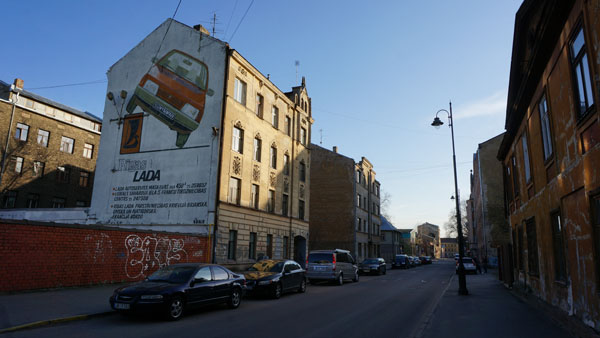
Had the early 1900s „Riga golden age“ continued longer all the remaining smaller buildings in those neighborhoods would have been surely replaced by stately art nouveau edifices. However, World War 1 all but stopped that expansion of Riga, ceasing the transformation of Eastern Downtown where it was, half-completed. These neighborhoods lag behind Center in housing prices and a few of the buildings are abandoned.
However, these districts are still residential, not yet taken over by tourists and businesses. If one would like to discover hidden gems of Riga architecture without getting surrounded by crowds and expensive cafes, Eastern Downtown is the best place.
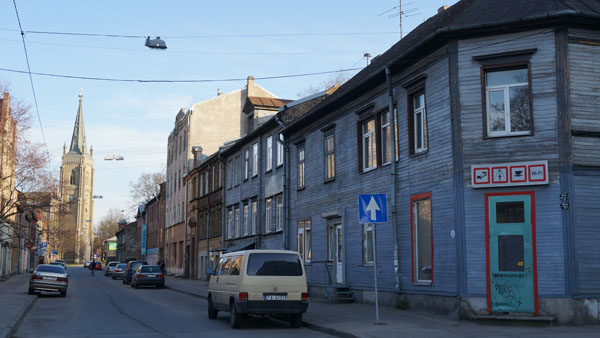
Eastern Downtown lacks top government and public edifices, but even mundane buildings constructed before World War 2 are of great architectural value (e.g. the gas reservoirs that once supplied the city with gas).
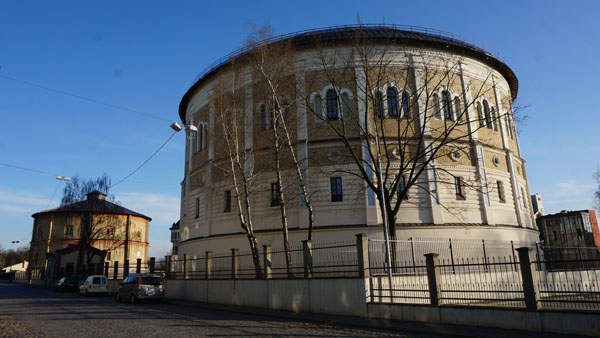
Gothic revival St. Paul Lutheran church (1887) is the spiritual heart of Eastern Downtown for Lutherans while the Holy Trinity Russian Orthodox cathedral and monastery (1902) is for the Russian Orthodox.
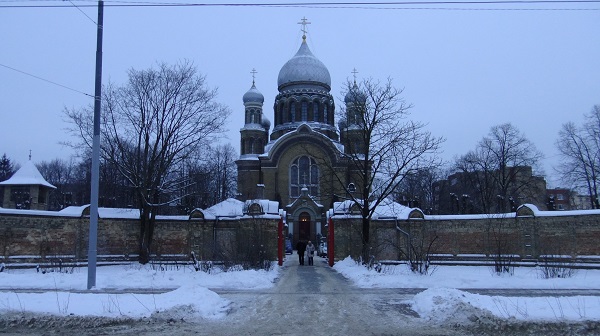
The most eerie sight is the Great Cemetery in Brasa. Once among the prettiest sights of Riga full of elaborate gravestones and crypts built by 19th century German elite of the city, the cemetery was destroyed by vengeful Soviets. Officially the cemetery is a park now, but gravestones and pretty family crypts survive here and there, not allowing to forget the past. There is nobody to care for them, however (as the local Germans were killed or expelled in 1940s) and the graves thus remain desecrated, vandalized with swastikas and satanist symbols.
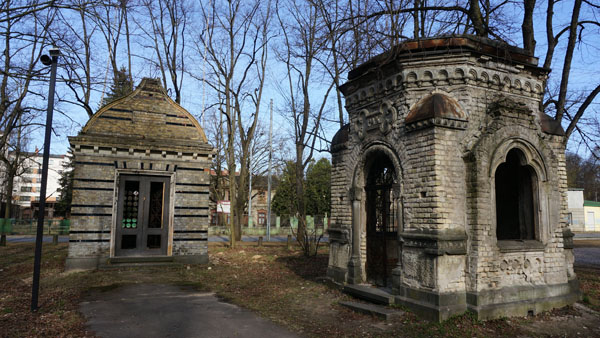
Eastern Downtown is officially split into districts of Avoti (south), Grīziņkalns (east) and Brasa (north).
Total population: 46 000.
